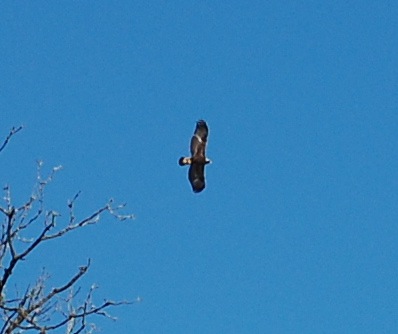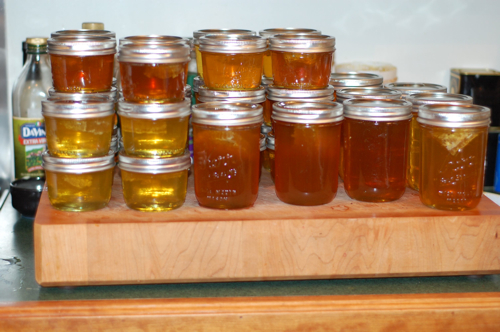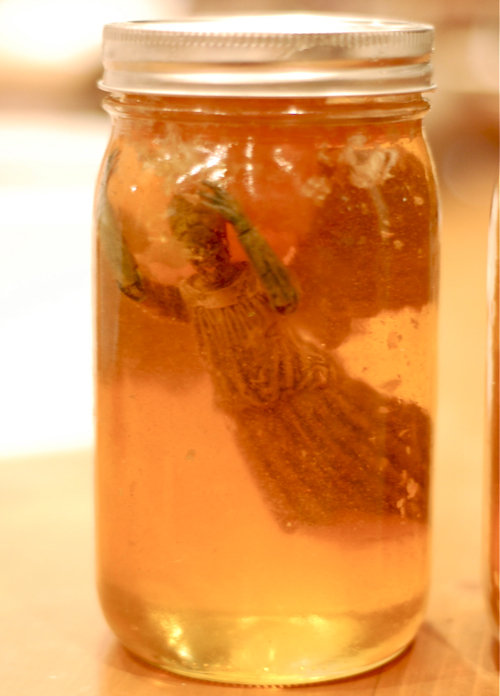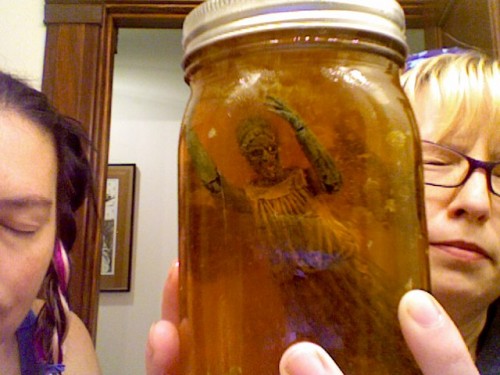This is a problem that only I could have.
Non Birding Bill and I had one of those exciting married people dates: did a little dinner, sorted some tax receipts, pretty much got down last night. While we were enjoying some sushi, my phone went off and I noticed the number was from Mr. Neil's housekeeper, Merry. She rarely calls unless there's a bird emergency, so I picked up. Her daughter Alicia walks Mr. Neil's dogs in the evening and when she arrived, she found a honey covered bird unable to fly on the ground. Merry sent this photo:
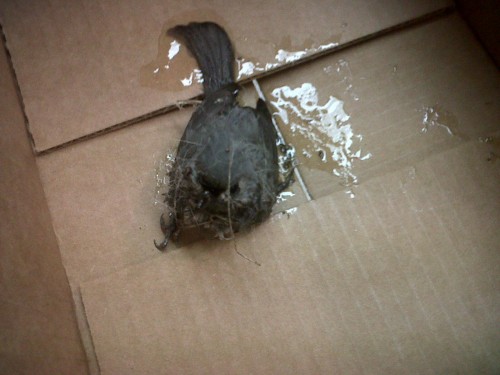
Oh no! A honey covered tufted titmouse! How the heck did that happen? I felt so guilty, it was as if the 2 loves of my life, birding and beekeeping found out about each other and got into a fight. I advised Merry to do what wildlife rehabbers do with oiled birds, use luke warm water and a little bit of Dawn Detergent and gently was off the feathers. I also asked her to check if it was banded (it was not).
So, she took to gently cleansing the feathers of the sticky bird, even carefully using a cotton swab to get the feathers around the face clean. Laura Erickson has had experiencing cleaning a red-breasted nuthatch that got caught in some grape jelly and she warned that it might take a few washings to get the bird totally honey-free.
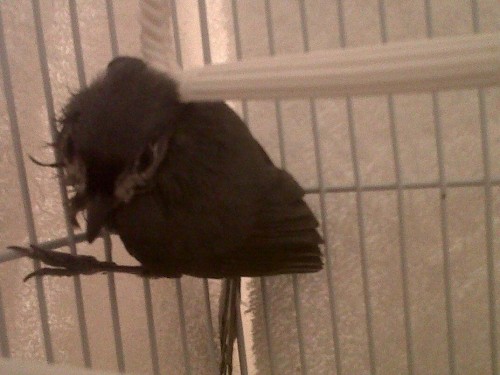
I told Merry the bird would need a warm, dark and dry place to settle, dry out and preen its feathers. I mentioned that titmice like suet, peanuts and sunflowers too, so she put some peanut suet in the cage, covered it and let the bird be til morning. I tried to puzzle how this would happen.
None of our hives survived the winter and it's been a group effort of the groundskeeper, Hans gathering the hives and all of us taking a turn at extracting the remaining honey before too many deer mice move into the empty hives and eat what the bees did not. Some of the hives have been left outside the house to await extraction. What would make a tufted titmouse explore the hives? They are not honey eaters. I wondered if our 50 degree weather brought out some early spring insects and they were attracted to the honey, which in turn attracted the titmouse?
I also recalled last fall setting out frames that were covered in wax moth larvae for the chickadees and titmice to eat. Did this bird recognize the frames as a source of larvae? It could have hopped into the open box inspecting the frames, only to come out covered in honey and unable to fly?
Thank goodness we didn't have any active hives. With that warm weather, the bees would have been out and would have gone to the titmouse to clean off the honey. The titmouse would have struggled, causing them to sting...ew, don't even want to think about that.
When Hans found out, he went back to the house last night and moved and covered the open brood boxes so no other birds would make the same mistake as the titmouse.
I got a text this morning that the titmouse was dry and feisty so it was immediately released back to the yard, hopefully a bit wiser. Thank goodness Alicia found the bird, had it been left out, it probably would've succumbed to the chilly air. It's sticky feathers wouldn't have been able to maintain a proper temperature in the cold night air. No doubt a raccoon would have found it and ate too.
Who knew beekeeping would be hazardous to birds? Now Merry has another talent to add to her resume: honey extraction from titmouse feathers.

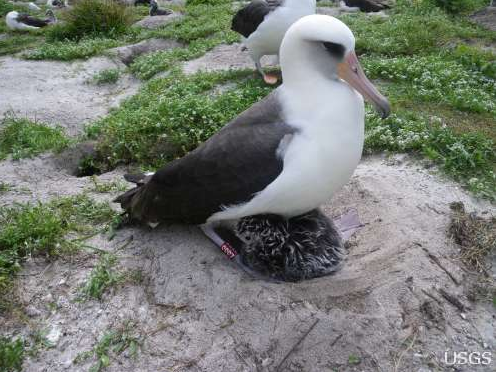
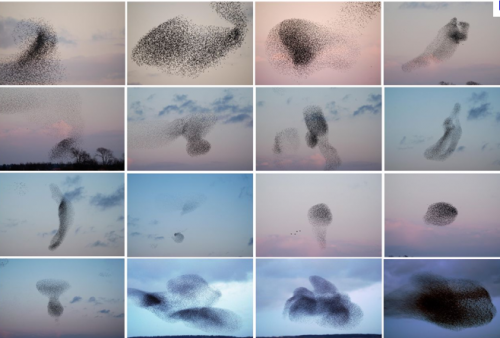
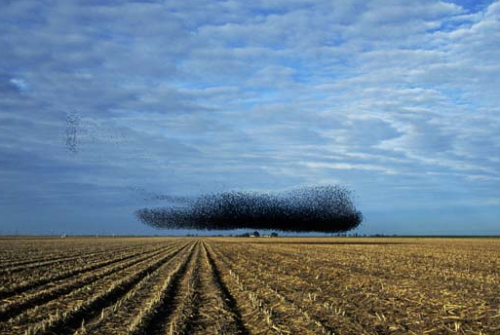
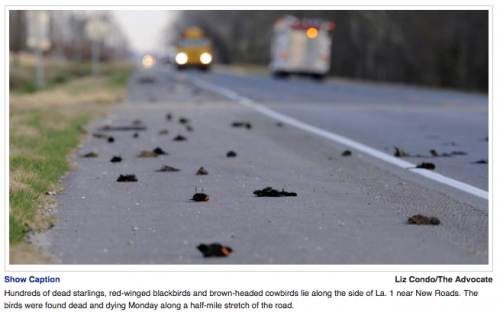
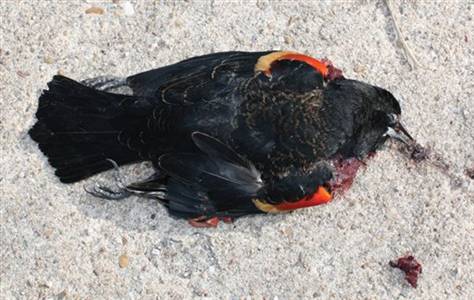 The
The 